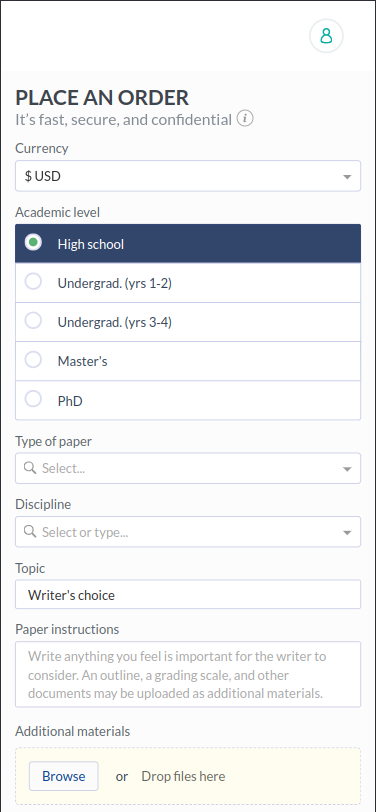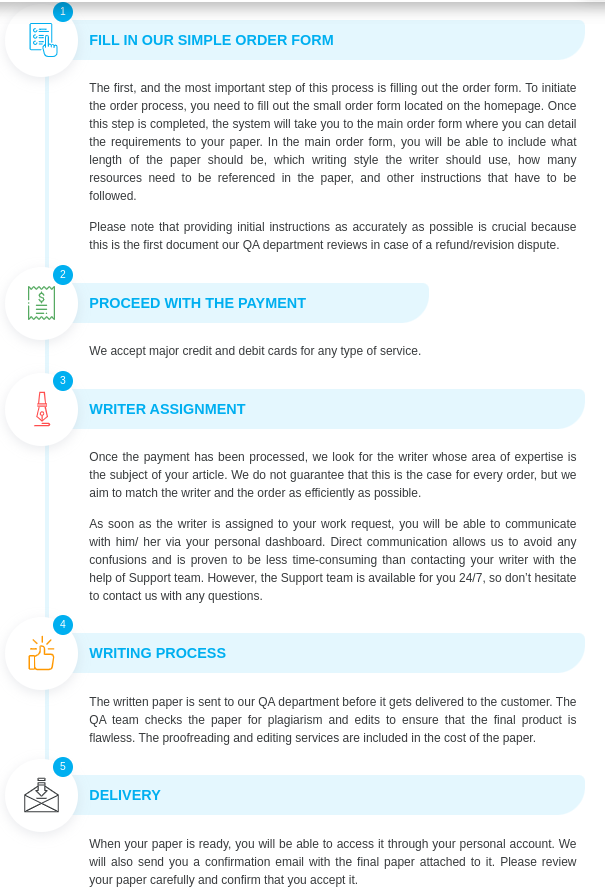Cindy Wagoner iHuman Chest Pain
Chief Complaint
Chest pain
History of Present illness (HPI)
Cindy is a 57-year old female presenting for evaluation of chest pain. The pain begun around 21/2 hours ago after a basketball game halftime. It started as a nagging pain but became increasingly severe. The pain radiates to the back when she takes a deeper breath but is localized deep in her chest. She describes it as sharp, stabbing, and constant. She has never experienced similar pain. It is constant and progressively worsening. The pain is mildly relieved with leaning forward and worsens with lying down, activity, or breathing with a severity of 8/10. She also reports a chronic smoker’s cough having being a smoker for 38 pack years. 10 days ago, she had a MI.
Physical Exam
- Blood pressure
- Pulse
- Respiration
- Temperature
- SPO2
- Test capillary refill
- Inspect eyes
- Inspect mouth/pharynx
- Measure JVP (jugular venous pressure)
- Visual inspection – anterior & posterior chest
- Palpate anterior & posterior chest
- Percuss anterior & posterior chest
- Auscultate lungs
- Palpate for PMI (point of maximal impact)
- Auscultate heart
- Visual inspection abdomen
- Auscultate abdomen
- Palpate abdomen
- Visual inspection extremities
- Palpate extremities
Case Problem Statement
A 57-year old female 10 days post inferolateral STEMI with stent placement, presents to the ED with a 2 hour history of progressively worsening chest pain. The pain is sharp/stabbing, worse with deep inspiration and movement, and sometimes “shooting” into her back with respiration, it is relived somewhat by sitting up and leaning forward. She reports mild nausea, without vomiting, denies fever/chills, palpitations, lightheadedness/syncope, shortness of breath, cough, intercurrent URI, or extremity/catheterization-site pain or swelling. She reports compliance with her antiplatelet medications (ASA and clopidogrel) since discharge. On exam, she is febrile (101.3) and has a pericardial friction rub. She is not hypotensive or hypoxic. PMH is significant for hypertension, hyperlipidemia. Tobacco abuse (38 pack/year history) and obesity.
ORDER CINDY WAGONER IHUMAN CHEST PAIN NOW
Index of Exercises
- What are history and physical exam hallmarks in acute pericarditis?
- Sharp or stabbing chest pain radiating to the ridge of the left trapezius (due to inflammation of the adjoining diaphragmatic pleura)
- Pain may be worsened with deep inspiration or movement and is most severe when lying supine; better with sitting up and leaning forward
- Respiratory phase and position have no bearing on the patient’s experience of chest; rather, the pain is dull and constant.
- May have low grade fever, dyspnea, and dysphagia
- Transient friction rub at the lower left sternal border or apex is the most common physical exam finding.
- What triad of physical-exam findings is classic for pericardial tamponade?
- Hypertension
- Hypotension
- Jugular Venous Distension
- Unequal bilateral pulses
- Muffled heart sounds
- Blowing holosystolic murmur
- Opening S1 click
- Crescendo/decrescendo murmur
Management Plan
Diagnostic tests
- Blood culture
Medications
- Admit to cardiac unit for close cardiac monitoring
- IV 0.9% Normal Saline (NS) 125mL/hr
- Colchicine 0.5mg PO BID for 3 months (Chiabrando et al., 2020).
- Ceftriaxone 2g IV 24 hourly for empiric treatment awaiting culture results (Chiabrando et al., 2020).
- Continue current medications
Consults
- Cardiology consult for further evaluation and management
- Nutrition consult for dietary assessment and management
Client Education
- Acute pericarditis refers to inflammation of the pericardium (the thin sac that surrounds the heart) that clinically presents with a sharp pleuritic chest pain which worsens with lying flat or inspiration and improves with either leaning forward or sitting up (Chiabrando et al., 2020).
- Acute pericarditis can be as a result of infectious post-cardiac or inflammatory causes such as SLE, tuberculosis, toxoplasmosis, viral, or Dressler’s syndrome (Chiabrando et al., 2020). Your risk of acute pericarditis was as a result of the recent MI which presents a high risk of reoccurrence.
- Your predisposing factors to acute pericarditis include; hyperlipidemia, hypertension (HTN), and recent MI.
- Encourage medication adherence for prevention
- Continue with smoking cessation to improve your overall recovery and health outcomes
- Educate patient about the need for exercise & lifting restrictions.
Follow up
- Follow up with cardiology in 1 week post discharge
- Follow up with endocrinology for DM resistance.
- Seek immediate care if you develop recurrent chest pain, shortness of breath (SOB) or fevers.
Reference
Chiabrando, J. G., Bonaventura, A., Vecchié, A., Wohlford, G. F., Mauro, A. G., Jordan, J. H., & Abbate, A. (2020). Management of acute and recurrent pericarditis: JACC state-of-the-art review. Journal of the American College of Cardiology, 75(1), 76-92.
Index of exercises
What features of acute pericarditis are associated with higher risk for complication and thus warrant hospital admission?
- Fever(>38 degrees/100.4 degrees F) and leukocytosis
- Hemodynamic evidence suggesting cardiac tamponade
- A large pericardial effusion (i.e. an echo-free space of more than 20mm)
- Immunosuppressed state
- A history of therapy with vitamin K antagonists (e.g. warfarin)
- Acute trauma
- Failure to respond within seven days to NSAID therapy
- Elevated cardiac troponin, which suggests my pericarditis
Which medication combination is recommended for treatment of pericarditis following a myocardial infarction?
- Tylenol plus corticosteroids
- Corticosteroids plus colchicine
- NSAIDs plus colchicine
- Aspirin plus colchicine
- All of the above
- None of the above
Which of the following medications when combined with NSAIDs has been shown to decrease the risk of recurrence of pericarditis?
- Corticosteroids
- Colchicine
- Tylenol
- All of the above
- None of the above
Our expert nursing writers can help with your Cindy Wagoner iHuman Chest Pain, place your order here.




